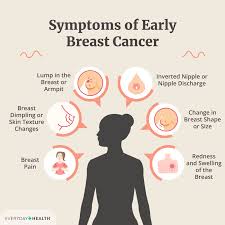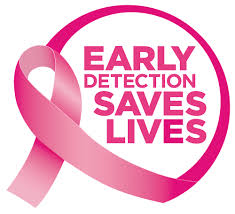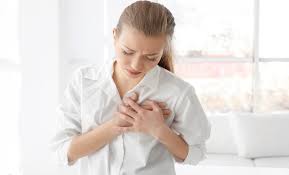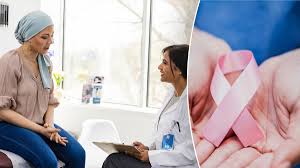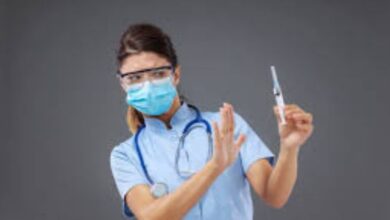Breast Cancer Is Spiking—How We Can Fight Back and Save Lives
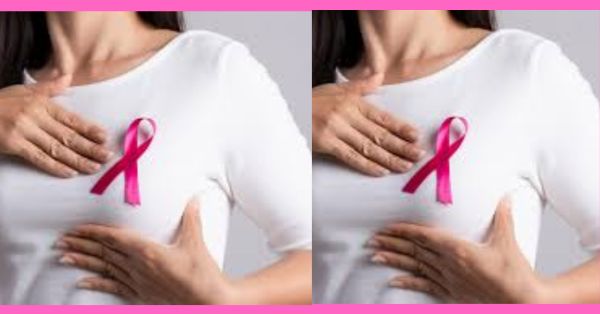
Breast Cancer Is Spiking How We Can Fight Back and Save Lives – Imagine this: Every two minutes, a woman is diagnosed with breast cancer. By the time you finish reading this article, another life will be forever changed.
Breast cancer rates are climbing at an alarming pace, with over 2.3 million new cases diagnosed globally each year. Despite medical advancements, barriers like late detection, lack of access to care, and low awareness continue to claim lives unnecessarily.
The good news? We can change this. Early detection, public education, and improved healthcare access can turn the tide—but only if we act now.
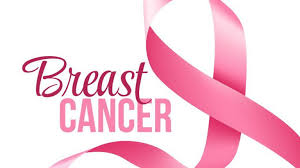
In this article, we’ll dive into:
✔ Why breast cancer cases are rising
✔ The biggest barriers to screening and treatment
✔ Key signs and symptoms you should NEVER ignore
✔ Why early detection is your best weapon—and how to do it
✔ How awareness campaigns are saving lives
✔ What YOU can do to make a difference
Also Read: Cancer in Africa: The Silent Epidemic We’re Not Talking About
Why Is Breast Cancer on the Rise?
Breast cancer isn’t just increasing—it’s becoming more aggressive. Researchers point to several key factors:
1. Lifestyle Changes
Modern life is convenient, but it’s also making us sick. Sedentary jobs, processed foods, alcohol consumption, and obesity are all linked to higher breast cancer risk. Studies show that women who are overweight have a 20-40% higher risk of developing postmenopausal breast cancer.
2. Environmental Toxins
From pesticides in food to endocrine-disrupting chemicals in plastics, our bodies are bombarded with toxins that may trigger cancer growth. While research is ongoing, the correlation is too strong to ignore.
3. Delayed Motherhood & Hormonal Factors
Women are having children later in life, and fewer pregnancies mean prolonged exposure to estrogen—a hormone that can fuel certain breast cancers. Additionally, hormone replacement therapy (HRT) has been tied to increased risk.
4. Better Detection ≠ More Cases
Some argue that the rise in cases is simply due to better screening. While early detection plays a role, studies confirm that incidence rates are genuinely increasing, especially in younger women.
The bottom line? We can’t afford to wait. The sooner we address these risk factors, the more lives we can save.
Know the Signs: Symptoms You Should NEVER Ignore
Breast cancer doesn’t always announce itself with a lump. Here are key warning signs to watch for:
✔ A new lump or thickening in the breast or underarm (often painless)
✔ Changes in breast size, shape, or texture (dimpling, puckering, or redness)
✔ Nipple changes (inversion, discharge, or scaling)
✔ Unexplained pain in one spot that doesn’t go away
✔ Swelling or warmth in part of the breast
Important: Some aggressive cancers (like inflammatory breast cancer) don’t cause lumps—they show up as redness or swelling, like an infection. If something feels “off,” see a doctor immediately.
The Shocking Barriers to Early Detection and Treatment
Early detection is the #1 factor in surviving breast cancer. When caught at Stage 1, the 5-year survival rate is 99%. At Stage 4, it drops to just 29%.
So why aren’t more women getting screened?
1. Fear and Denial
Many women avoid mammograms because they’re afraid of bad news. Others believe breast cancer “won’t happen to them.” This denial can be deadly.
2. Lack of Access to Healthcare
In low-income communities and developing countries, mammograms are a luxury. Even in the U.S., 1 in 4 women skip screenings due to cost or lack of insurance.
3. Cultural Stigmas
In some cultures, discussing breast health is taboo. Women may feel ashamed to seek help or even perform self-exams.
4. Misinformation
Myths like “Only older women get breast cancer” or “If no one in my family has it, I’m safe” prevent women from taking action. The truth? 80% of breast cancer patients have no family history.
5. Healthcare Shortages
Rural areas often lack cancer specialists, forcing patients to travel hours for treatment. For many, this delay is life-threatening.
The takeaway? Awareness alone isn’t enough—we need systemic change to remove these barriers.
Why Early Detection Saves Lives—And How to Do It
1. The Power of Early Detection
-
Stage 0-1: Nearly 100% survival rate with treatment.
-
Stage 4: Only 29% survive past 5 years.
Catching it early means:
✔ Less aggressive treatment (possibly avoiding chemo)
✔ Higher cure rates
✔ Lower medical costs
2. Why Self-Exams Matter
Mammograms don’t catch everything—especially in younger women with dense breasts. Monthly self-exams help you:
✔ Learn what’s normal for YOUR body
✔ Spot changes early (like subtle thickening or texture shifts)
✔ Build a habit of proactive health
How to do it:
-
Check in the shower (fingers glide easier over wet skin).
-
Use the pads of your fingers (not fingertips) in circular motions.
-
Don’t just feel for lumps—look for visual changes in a mirror.
3. Why You MUST See a Doctor for Suspicious Changes
-
Self-exams aren’t enough. Some cancers (like DCIS) are only visible on imaging.
-
Doctors have tools you don’t: Mammograms, ultrasounds, and biopsies catch what hands can’t.
-
Time is critical. Waiting to “see if it goes away” could let cancer spread.
Rule of thumb: If a change lasts more than 2 weeks, get it checked.
How Public Education Is Saving Lives
Knowledge is power, and in the fight against breast cancer, education is a life-saving tool. Here’s how awareness campaigns are making an impact:
1. Self-Exams: The First Line of Defense
Teaching women how to perform monthly breast self-exams (BSE) can lead to early detection. Organizations like Susan G. Komen have made BSE guides widely available, empowering women to take control of their health.
2. Mobile Mammography Units
In areas where clinics are scarce, mobile mammogram vans bring screenings directly to communities. These programs have boosted early detection rates in underserved populations.
3. Celebrity Advocacy
When public figures like Angelina Jolie share their breast cancer stories, it sparks global conversations. Her decision to undergo a preventive double mastectomy led to a 40% increase in genetic testing for BRCA mutations.
4. Social Media Campaigns
Movements like #KnowYourLemons use creative visuals to teach breast cancer signs in a way that’s easy to remember. Viral campaigns break through the noise and reach millions.
5. Corporate Partnerships
Companies like Estée Lauder fund research and free screenings through their Breast Cancer Campaign. When businesses invest in health, real change happens.
The lesson? When people are informed, they take action. And action saves lives.
What You Can Do to Make a Difference
You don’t have to be a doctor or a billionaire to help fight breast cancer. Here’s how YOU can contribute:
1. Get Screened (Yes, YOU!)
If you’re over 40 (or younger if high-risk), schedule that mammogram. If cost is an issue, look for free screening programs in your area.
2. Spread Awareness
Share posts, wear pink, or host a fundraiser. Even a simple conversation can encourage someone to get checked.
3. Support Nonprofits
Donate to organizations like:
-
Breast Cancer Research Foundation (BCRF)
-
Susan G. Komen
-
National Breast Cancer Foundation
4. Advocate for Policy Change
Push for laws that expand healthcare access, fund cancer research, and require insurance to cover screenings.
5. Encourage Healthy Living
Promote exercise, balanced diets, and reduced alcohol intake—small lifestyle changes can lower risk.
Final Thoughts: The Time to Act Is Now
Breast cancer isn’t just a women’s issue—it’s a human issue. It affects mothers, daughters, sisters, and friends. And while the rising numbers are frightening, we have the tools to fight back.
Early detection works.
Awareness works.
Access to care works.
But only if we demand change, educate our communities, and take action today.
So, what’s your next move? Will you book that mammogram? Share this article? Donate to research?
Whatever you do, don’t wait. Because every second counts in the fight against breast cancer.

